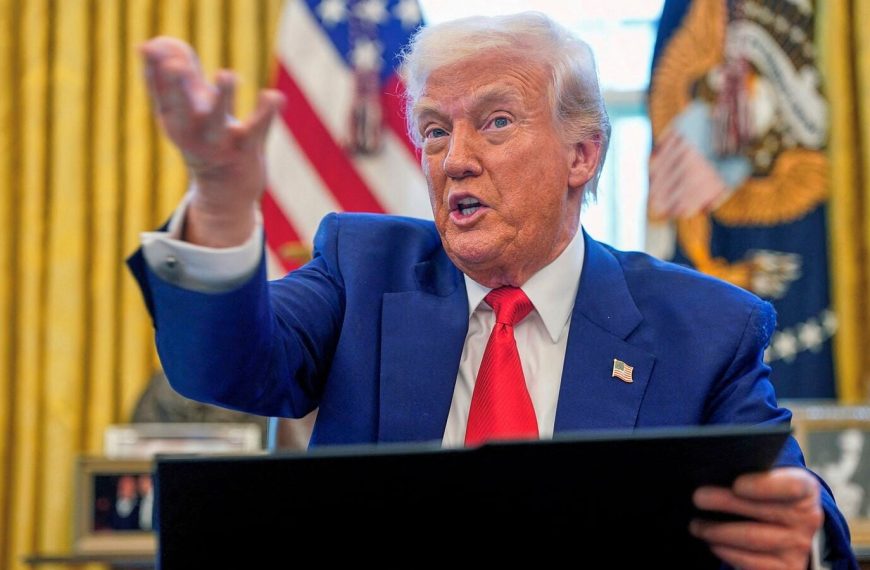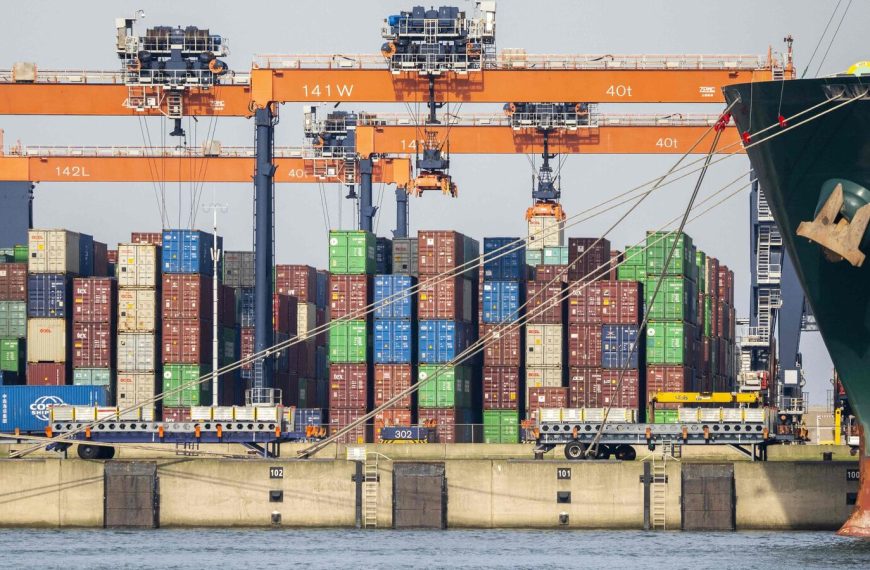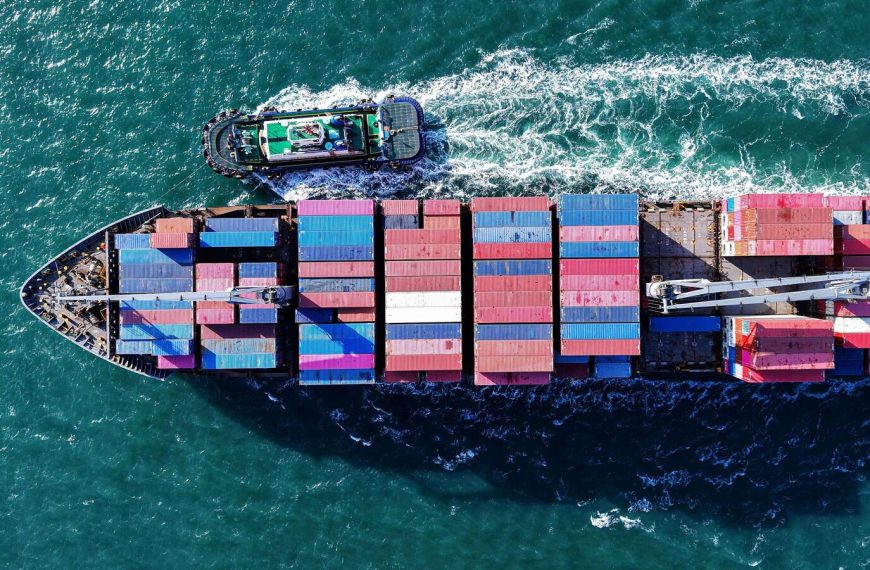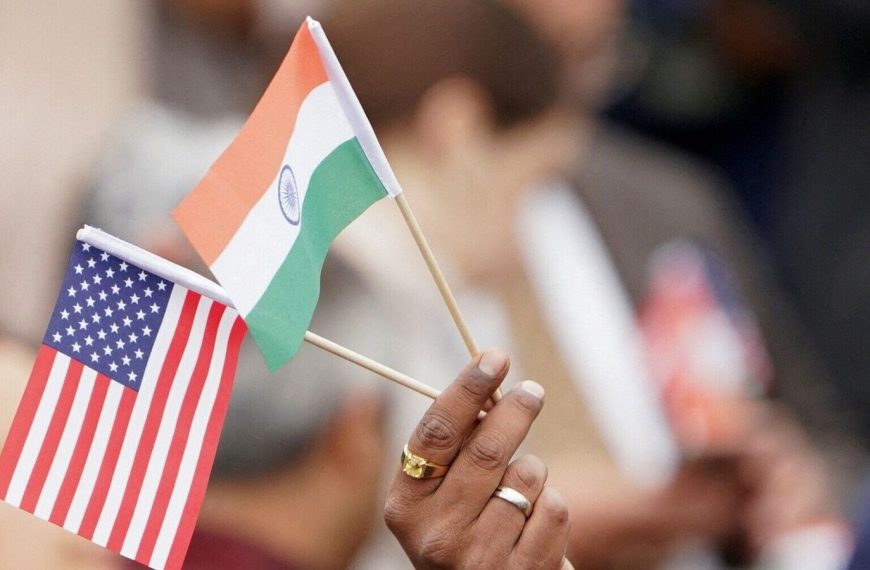In a remarkable development for international trade, India and New Zealand have officially resumed negotiations for a Free Trade Agreement (FTA) after nearly a decade. This initiative aims to enhance economic collaboration between the two nations, which began discussions on the Comprehensive Economic Cooperation Agreement (CECA) back in April 2010. Following ten rounds of talks that concluded in February 2015, discussions had stalled until now, signaling a renewed commitment to strengthen trade ties.
Key Players in Trade Talks
The announcement came after a meeting between Piyush Goyal, India’s Commerce and Industry Minister, and Todd McClay, New Zealand’s Minister for Trade and Investment. This significant moment coincides with the four-day visit of New Zealand’s Prime Minister, Christopher Luxon, to India.
According to the Indian commerce ministry, the goal of the FTA negotiations is to create balanced outcomes that will enhance supply chain integration and improve market access for both countries. Goyal emphasized the importance of this agreement in his recent post on X, noting that bilateral trade has been steadily increasing, exceeding USD 1 billion from April to January 2025.
Challenges Ahead in the Negotiations
As the negotiations kick off, a major obstacle is the disparity in tariff structures between the two nations. New Zealand’s average import tariff is a mere 2.3%, with over half of its tariff lines already duty-free. This means Indian goods enjoy significant access to New Zealand’s market. Conversely, India’s average tariff is significantly higher, at 17.8%, suggesting that India will need to make substantial tariff reductions, which complicates the attractiveness of a traditional FTA for Indian stakeholders.
- Key Challenges:
- Disparity in tariff structures
- New Zealand’s demand for better access to India’s dairy market
- India’s reluctance to lower tariffs on imports like dairy and meat
- Pressure from the U.S. regarding agricultural market access
Ajay Srivastava, the founder of the Global Trade Research Initiative (GTRI), pointed out that both nations will need to find common ground on these issues to make progress. Historically, New Zealand sought greater access to India’s dairy sector, a request that India has resisted to protect its local dairy industry, which supports millions of farmers.
Current Trade Landscape
In the fiscal year 2023-24, trade between India and New Zealand totaled USD 873.4 million, down from USD 1.02 billion in 2022-23. India’s exports primarily include textiles, pharmaceuticals, and agricultural machinery, while imports consist of agricultural products, minerals, and meat.
-
India’s Key Exports:
- Clothing and textiles
- Medicines
- Agricultural machinery
- Electronics
- New Zealand’s Key Imports:
- Agricultural goods
- Apples and kiwifruit
- Meat products
In terms of services, India exported approximately USD 214.1 million worth of services to New Zealand, while New Zealand’s services exports to India totaled USD 456.5 million. Indian firms excel in IT, telecommunications, and healthcare services, whereas New Zealand leads in educational services, attracting a significant number of Indian students and tourists.
Future Prospects
As these negotiations progress, the focus will be on creating mutually beneficial trade terms that cater to the needs of both nations. India is particularly keen on gaining better access for its skilled professionals and enhancing its IT and services sector. New Zealand, on the other hand, is looking for favorable trade conditions that can boost its exports.
The resumption of talks marks an exciting chapter in the economic relationship between India and New Zealand, with both nations poised to explore new avenues for growth and collaboration.











